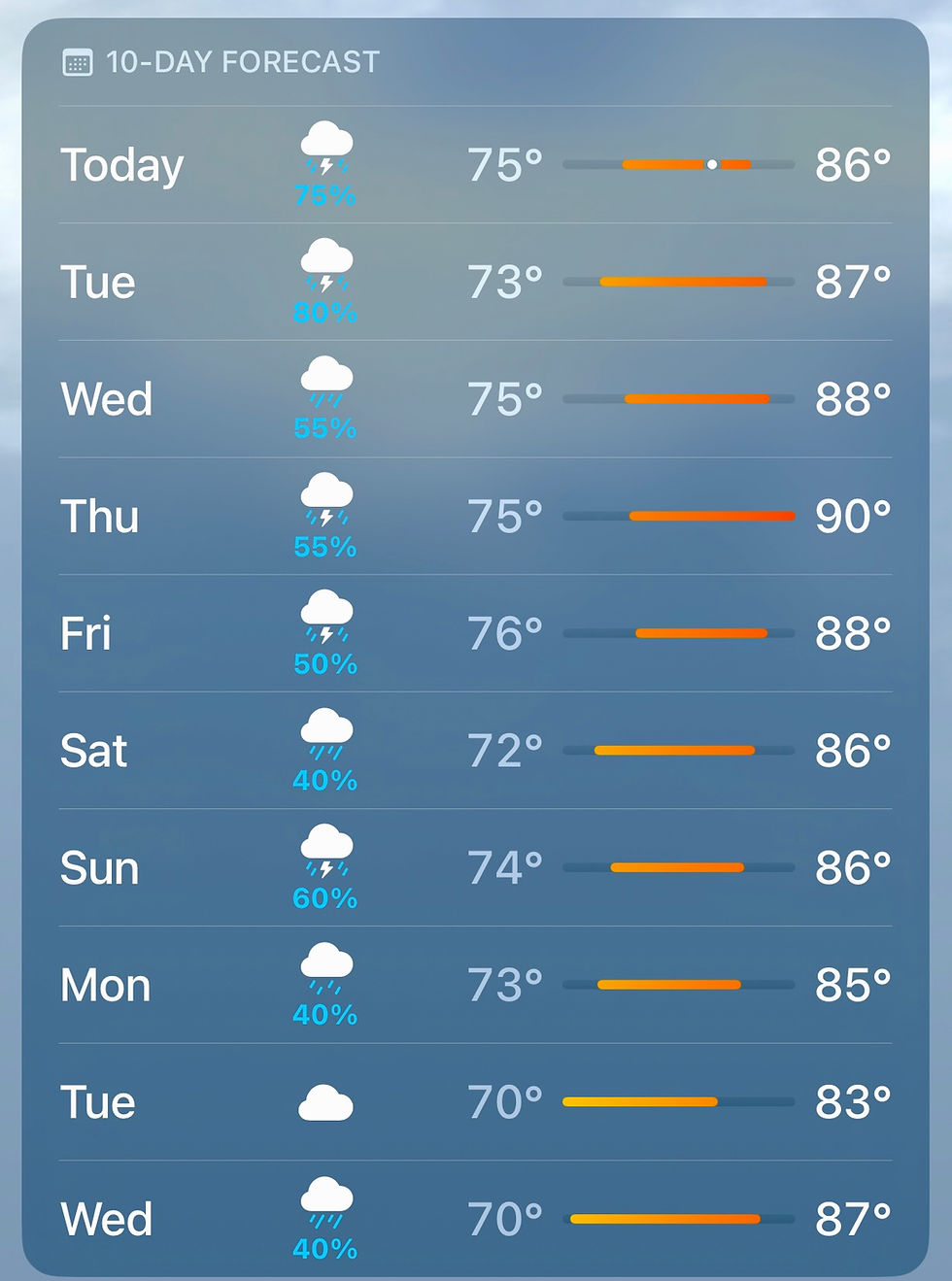The More Insurance Co’s Spend on Ads, the Worse Their CR Rating
- Michael Hunter
- May 1, 2024
- 2 min read

Amid the cost inflation of everything in the last couple years, you may not have noticed the dramatic hike in your insurance premiums, probably because they're withdrawn directly from your bank account. I've long hypothesized that insurance companies who advertise heavily on TV are spending their money on ads at the expense of paying out claims, and while I have no inside knowledge, I'll offer some data to support that view.
As a subscriber to Consumer Reports' monthly online magazine, I trust their impartiality, and have been to their facility in Yonkers, NY when I worked at KitchenAid. Among the 36 auto insurance companies they rate along various dimensions of customer satisfaction and summarize in an overall score out of 100, the top 3 and near-bottom 3 are pictured here. What do you notice? Comparative no-names like NJM and Amica gravitate toward the top, and major brands coalesce toward the bottom (Farmers, Progressive, and Allstate rank 32nd thru 34th). Results are similar for home insurance, which tends to run about 1/2 the price of auto.
Digging a little deeper, I divided each company’s advertising dollars by their Consumer Reports ratings to arrive at a multiplier of sorts.

The results support the hypothesis.
-Companies with the largest budgets – Geico and Progressive – spend $30M per CR rating point.
-Companies with the smallest budgets – NJM and Amica – spend around $1M per CR rating point.
-State Farm and USAA are exceptions in that they’re among the top several spenders but their CR ratings are in the green. USAA spends $5M per CR rating point, but is open only to current or former military.
All this suggests that the big advertisers are prioritizing new customer acquisition over satisfying current customers. If you think you're getting a loyalty discount by staying with your current carrier, the opposite may be true. Per CR, "[With] price optimization...an insurer figures you aren’t likely to jump ship to another carrier, [and] it may raise rates just because it can, costing you extra money." An algorithm is guessing your likelihood of switching, something that’s employed in other subscription / recurring-fee type businesses (e.g. cable TV).
This doesn't shake my faith in the power of advertising, but rather, strengthens it. Marketing will ideally shed light on product superiority, but in some cases, its sheer volume gives it a voice loud enough to mask inferiority. The free market isn't perfect, but ultimately the power belongs to consumers to vote with their dollars. Caveat emptor.
In switching recently from our auto insurance carrier, whose premiums had grown to more than 2x what we initially paid in 2017, to NJM Insurance Group, our premiums for 3 cars dropped from $4,200 to $2,900. If you think saving >$1,000 is worth a few hours' work, you might want to get some new quotes.
(Originally posted to LinkedIn March 2024)

.png)



Comments